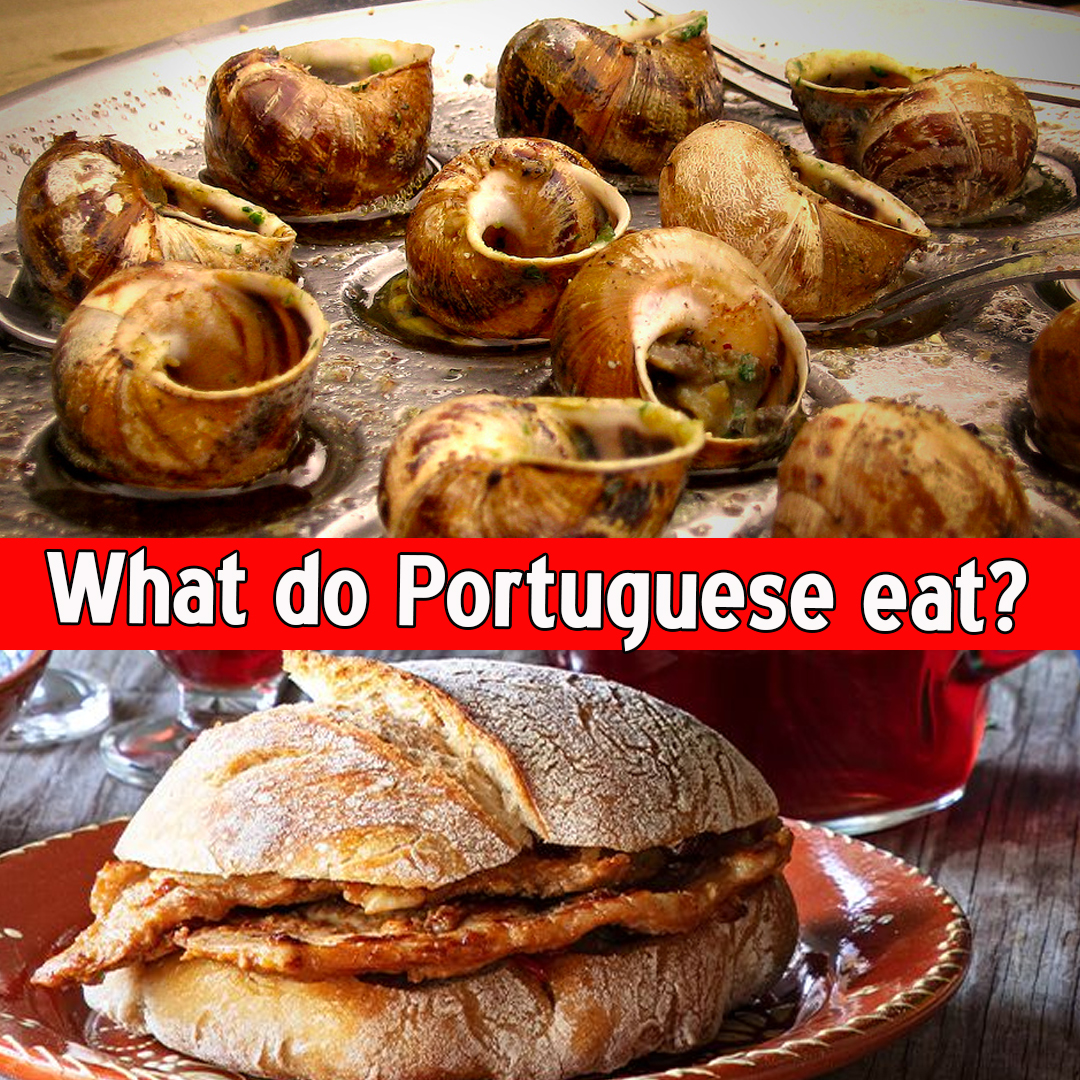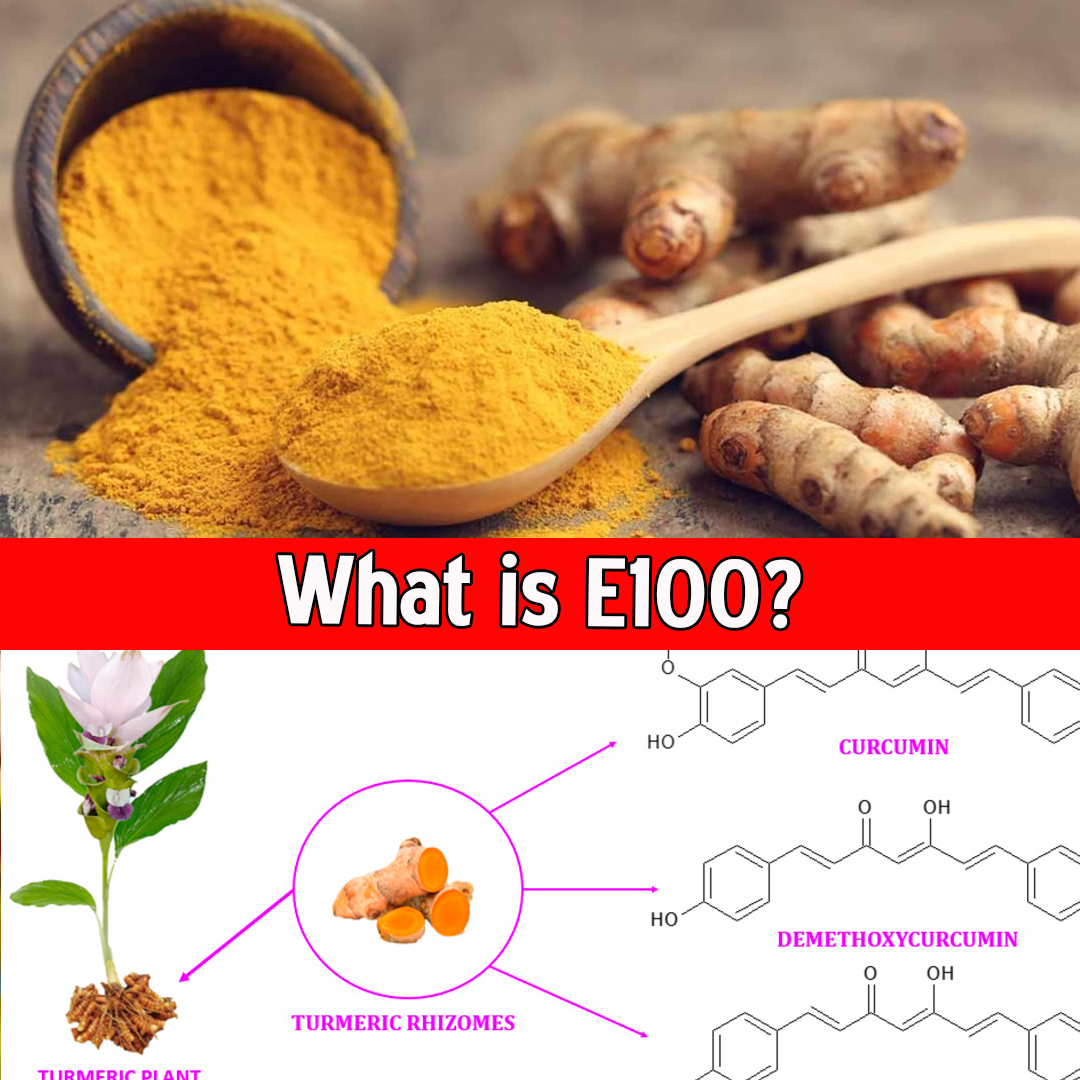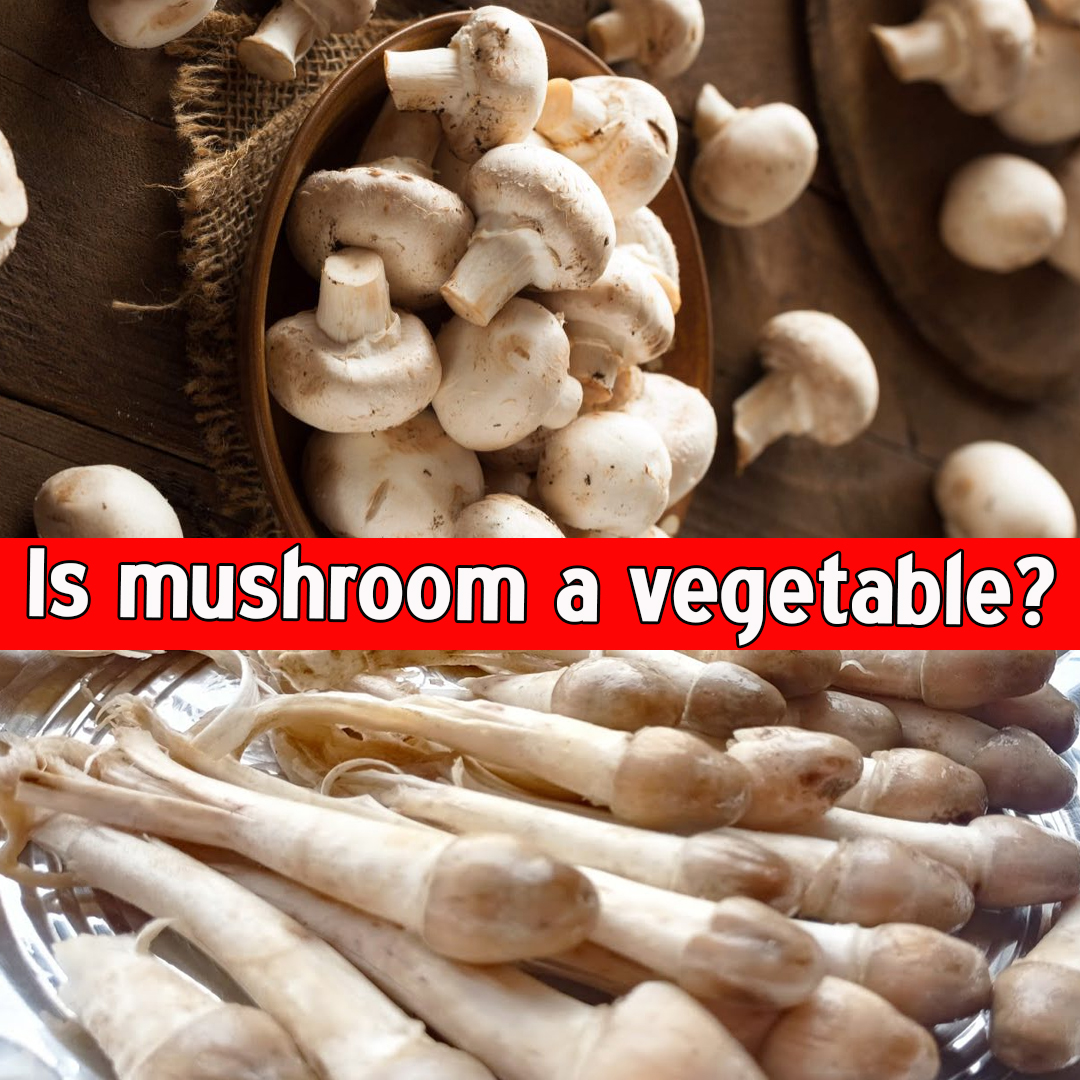What Is the King of Food in India?
Introduction: A Nation Defined by Its Cuisine
India’s culinary heritage is one of the richest and most diverse in the world. Spanning thousands of years, its cuisine is a fusion of regional traditions, royal indulgence, spiritual symbolism, and street-side innovation. While India boasts thousands of dishes—each with its own regional identity and fan following—one dish stands tall, commanding universal admiration, love, and reverence.

What is the king of food in India?
So, what is the king of food in India?
While every region may claim their own favorite, Biryani has emerged as the undisputed king of Indian food—a dish that transcends geography, religion, class, and time.
- The meaning of “king of food”
- Why Biryani wears the crown
- The royal history of Biryani
- Types of Biryani across India
- Regional sentiments and cultural impact
- Competitors to the throne
- And why no other dish comes close
What Does “King of Food” Mean?
To be considered the king of Indian food, a dish must:
- Have nationwide popularity
- Hold historical and cultural significance
- Be indulgent and rich
- Appeal to all sections of society
- Inspire emotional loyalty among its fans
- Offer regional diversity, yet maintain a unified identity
When evaluated against these criteria, Biryani consistently tops the list.
Part I: Why Biryani Deserves the Crown
✅ 1. Unparalleled Popularity
From five-star hotels to railway stations, from Muslim weddings to Sunday family lunches, biryani is omnipresent in Indian food culture.
- Zomato and Swiggy (India’s biggest food delivery apps) consistently report Biryani as the most ordered dish year after year.
- In 2024, over 400 million orders of biryani were recorded on food apps.
- It is a common meal in every state—from Hyderabad to Kolkata, Chennai to Lucknow.
✅ 2. Royal Origins and Mughal Grandeur
Biryani traces its origins to Persia, but it reached its pinnacle in India during the Mughal era. It was a royal dish, known for its:
- Aromatic basmati rice
- Succulent meat or vegetables
- Fragrant whole spices
- Layering technique
- Dum (slow-cooking) method
It was served in palaces, at royal banquets, and during Eid feasts.
✅ 3. Cultural and Religious Inclusivity
Despite its royal and Islamic roots, biryani is embraced by:
- Hindus and Muslims
- Vegetarians and meat lovers
- North and South Indians
- Street food lovers and gourmet chefs
It’s a food that bridges religious and cultural divides.
✅ 4. Every Region Has Its Own Biryani
Each Indian state has its own version of biryani, adapted to local spices, ingredients, and traditions.
Let’s explore some of the most iconic ones.
Part II: Types of Biryani Across India – Regional Crowns
1. Hyderabadi Biryani – The Nizam’s Treasure
Often considered the most famous biryani in the world, this version uses:
- Basmati rice
- Marinated raw meat (kacchi style)
- Saffron, mint, fried onions
- Slow-cooked over coal in a sealed pot
Served with: Mirchi ka salan and raita
Popular in: Telangana, Andhra Pradesh, Karnataka
2. Lucknowi (Awadhi) Biryani – The Nawabi Delicacy
A more refined, aromatic version where meat and rice are cooked separately and layered.
Key Features:
- Fragrant with cardamom, cloves, and kewra water
- Milder in spice
- Softer, aromatic flavors
Popular in: UP, Bihar, Delhi
3. Kolkata Biryani – Subtle and Sweet
Known for:
- Use of potatoes (unique to Kolkata)
- Light flavors
- Boiled eggs
- Yellow rice with ghee
This was influenced by Wajid Ali Shah, the Nawab of Awadh, exiled to Kolkata in the 19th century.
4. Dindigul Biryani – Tamil Nadu’s Spicy Star
Made with short-grain seeraga samba rice
Distinct Features:
- Tangy taste with curd and lemon
- Heavy use of pepper, garlic
- Small cuts of mutton or chicken
5. Malabar Biryani – Kerala’s Coastal King
Popular in Kozhikode and Thalassery
Key Ingredients:
- Kaima rice
- Curry leaves, coconut oil, raisins, cashews
- Sweet and spicy flavor mix
Often served during weddings and Eid
6. Sindhi Biryani – Fiery and Flavorful
Originated from Sindh (now in Pakistan)
Famous for:
- Use of prunes, potatoes, tomatoes
- Very spicy and tangy
- More masala than most biryanis
7. Ambur Biryani – From Tamil Nadu’s Leather Town
Distinct for:
- Seeraga samba rice
- Heavily spiced meat
- Dry, rich taste
- Accompanied by brinjal curry
8. Bhatkali Biryani – Coastal Karnataka’s Secret
- Cooked with green chillies, coconut, curry leaves
- Slightly sweet and peppery
- Popular in coastal communities
Part III: Vegetarian Biryani – The Controversial Crown Prince
Although purists argue that “Biryani must have meat”, vegetarian biryanis have carved out a firm place in Indian cuisine.
- Veg Biryani: With vegetables, saffron, ghee, and nuts
- Paneer Biryani: A modern favorite in cities
- Mushroom Biryani: Especially popular in South India
Despite the controversy, the demand is undeniable, especially among vegetarians and in temple feasts.
Part IV: Emotional & Cultural Impact of Biryani
📍 Biryani in Indian Weddings
No Indian Muslim wedding is complete without mutton or chicken biryani as the main course. In Hindu weddings, veg biryani is served alongside pulao or fried rice.
Biryani and Festivals
- Eid-ul-Fitr & Eid-ul-Adha: Grand biryani feasts in every home
- Sunday Specials: Many Indian households make biryani every weekend as a family ritual
Biryani in Pop Culture
- Memes, music videos, and comedy routines often feature biryani
- Countless Instagram pages are dedicated to biryani reviews
- Featured in films like The Lunchbox, Chef, and Luv Ka The End
📍 Biryani and Street Food Economy
- Thousands of street stalls and restaurants survive on biryani sales alone
- One biryani stall can sell 500–1000 plates per day in busy cities
- Famous biryani brands like Behrouz Biryani, Biryani By Kilo, Paradise, and Meghana’s have turned into national chains
Part V: Who Are the Challengers to the Throne?
Let’s briefly explore dishes that are almost as loved as biryani:
🍛 Butter Chicken
- Icon of North India
- Creamy, rich, comforting
- Limited reach in South India
🍲 Masala Dosa
- South Indian breakfast icon
- Healthy and light
- Not usually eaten for lunch/dinner
🍛 Rajma Chawal / Dal Tadka
- Staple comfort food
- Lacks the grandeur of biryani
🍜 Pav Bhaji, Chole Bhature, Chaat
- Hugely popular, but more as snacks/street food
🍢 Tandoori Chicken / Kebabs
- Integral to Indian cuisine
- But not a complete meal like biryani
✅ Verdict: Biryani remains unmatched in reach, depth, and legacy.
Part VI: Health, Nutrition & Myths About Biryani
⚠️ Common Myths:
- “Biryani is always unhealthy” – Not true. A homemade biryani can be balanced with vegetables, moderate oil, and lean meats.
- “It’s always heavy” – Certain versions like Lucknowi or Kolkata are actually light and aromatic.
✅ Nutritional Profile (Approx. Per Serving):
- Calories: 350–500
- Protein: 15–30g (depends on meat)
- Carbs: 40–60g
- Fats: 15–25g
Can be made healthy with:
- Brown rice
- Less oil
- More vegetables
- Lean meats or paneer
Conclusion: Biryani – The Undisputed King of Indian Food
Across every metric—history, taste, national reach, emotional connect, cultural symbolism, and adaptability—Biryani reigns supreme in the Indian culinary kingdom.
Whether you savor a spicy Hyderabadi dum biryani, a delicate Lucknowi delight, a Kolkata biryani with potato, or a humble Sunday veg biryani, this dish continues to unite millions of Indians in its delicious embrace.
So next time someone asks you,
“What is the king of Indian food?”,
you can confidently answer:
“It’s Biryani—always and forever.”















Leave a Reply